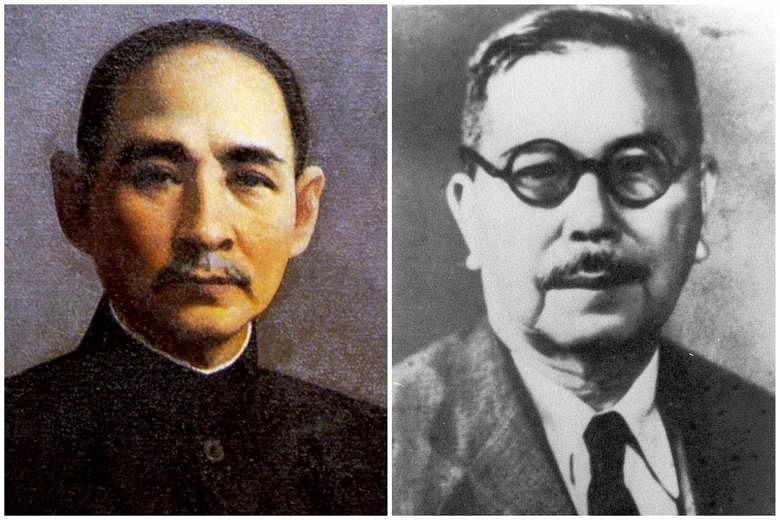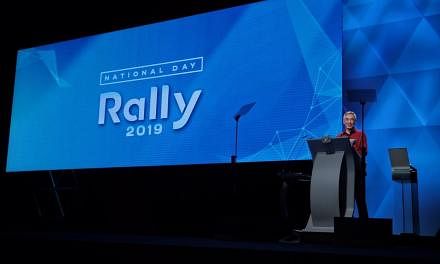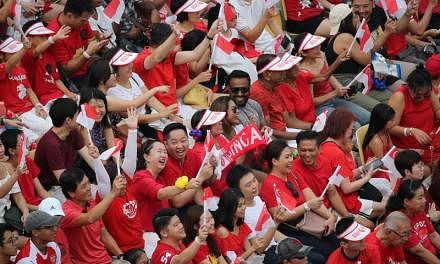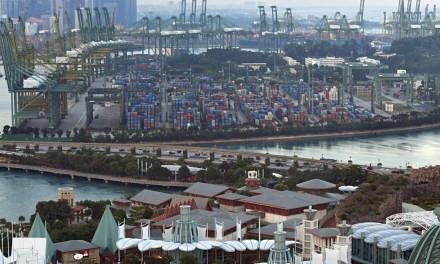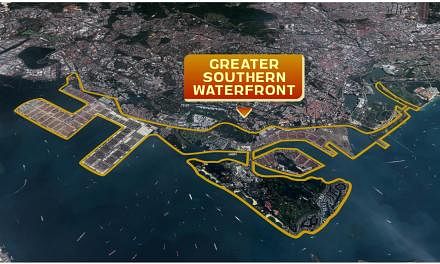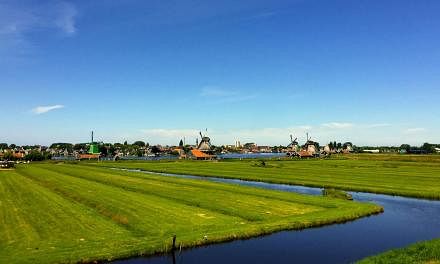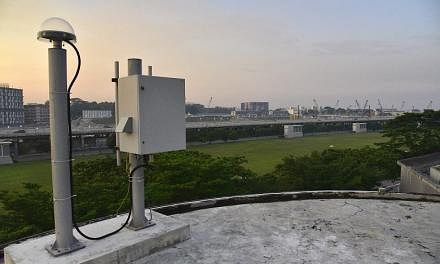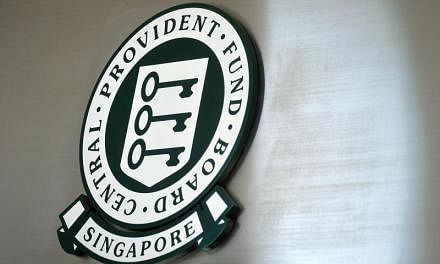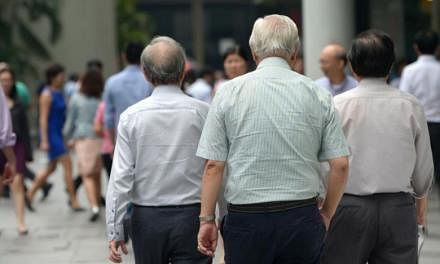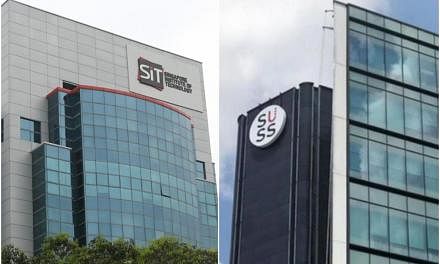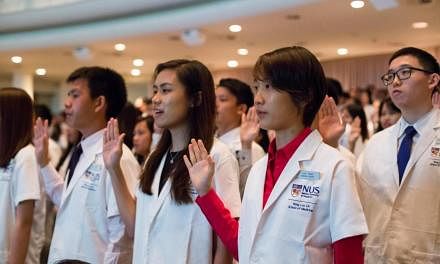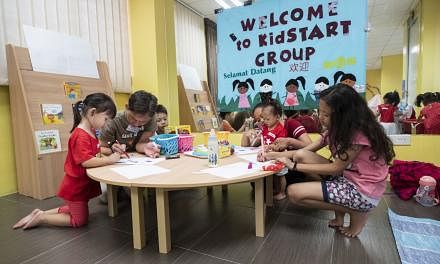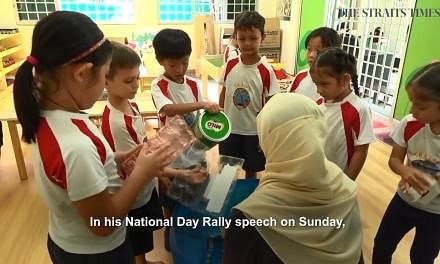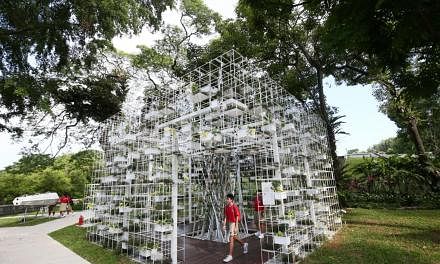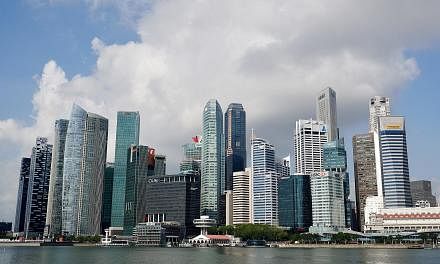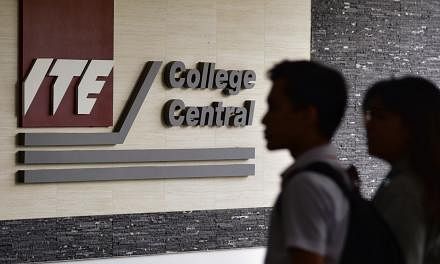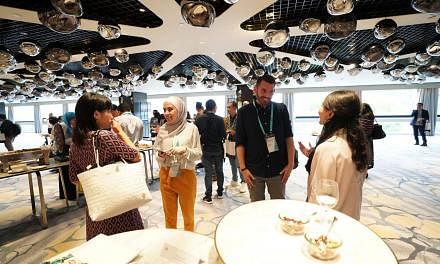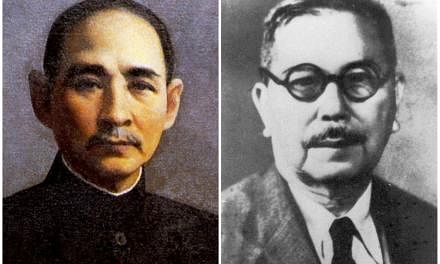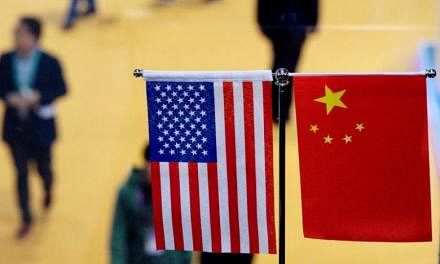SINGAPORE - It has taken 200 years to forge the Chinese Singaporean identity, from the time immigrants flocked here from China to the present day, said Prime Minister Lee Hsien Loong on Sunday (Aug 18).
And it is crucial for Singaporeans to be aware of the history of this gradual transfer of their loyalties to Singapore, in order to understand how the national consciousness has evolved, he added.
In his Mandarin speech at the National Day Rally, PM Lee cited turning points at which the Chinese community began to identify as Singaporeans.
In the 1950s, when China stated that overseas Chinese who had taken citizenship elsewhere would no longer be considered Chinese nationals, the majority of them here did not return but chose to put down roots.
After independence, the Singapore Chinese Chamber of Commerce and Industry also raised a significant sum for the National Defence Fund to build up the Singapore's military.
"Being aware of Singapore's history over 200 years and more will help us understand how our national consciousness evolved. It will also help our people understand current affairs as well as Singapore's position on international issues."
In his speech, PM Lee described at length how the immigrant Chinese gradually began to see themselves as Singaporean.
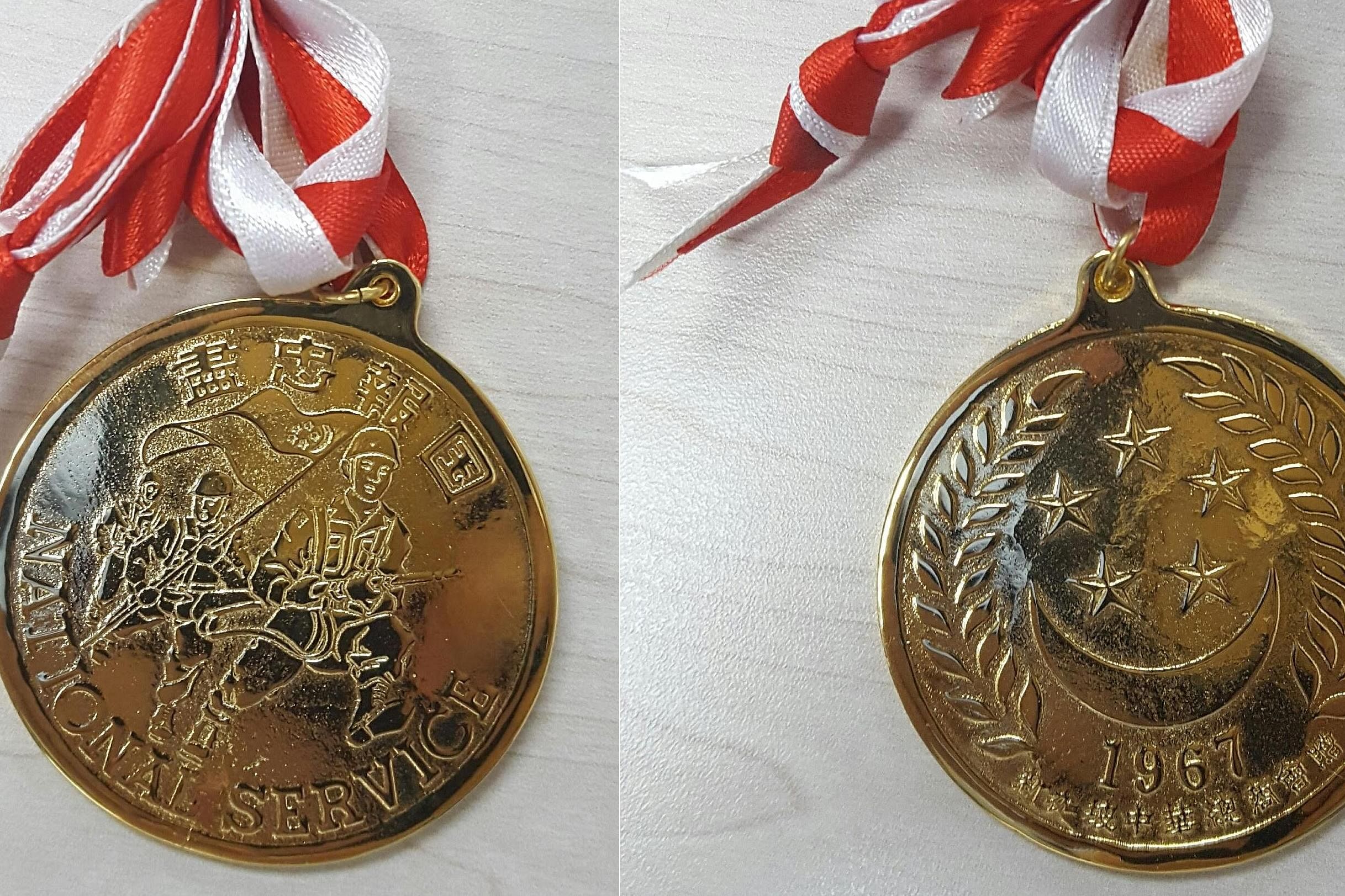
Shortly after Stamford Raffles established Singapore as a free port, Chinese streamed in from places such as Guangdong and Fujian. Some started small businesses or went into trading, while others became teachers or journalists. Many still maintained close ties with China, PM Lee said.
"They had arrived in Nanyang as sojourners, intending to return to China one day," he added. "They were still people of China, and were passionate about their homeland. Many participated in the political movements in China, and gave their lives in the revolutions and wars there."
When the Japanese invaded China in 1931, local community leaders like Tan Kah Kee led efforts to raise funds and organise volunteers to support the mainland Chinese. This was one of the reasons the Japanese carried out Operation Sook Ching after they captured Singapore, massacring thousands of Chinese people here.
When the new People's Republic of China was established in 1949, many young people in South-east Asia were inspired to join anti-colonial struggles.
"By that time, the identity of the overseas Chinese here had become ambiguous. They were here in Nanyang physically, but for some, their hearts were in China," PM Lee noted. "As a result, their loyalty was questioned, and this engendered distrust of China among South-east Asian governments."
In the 1950s, China itself began to distinguish between two types of overseas Chinese - those who retained their Chinese nationality and those who had taken up their host country's citizenship.
The Chinese community in Singapore thus had to choose between remaining here or returning to their motherland.
"In the end, the majority chose to remain in Singapore. And together with the other races, they built a multicultural society in an independent, sovereign country," PM Lee said.
Since then, Chinese community groups have worked with the Government to develop Singapore's society and economy and build up national defence.
"This showed that the local Chinese community had by then begun to identify themselves as Singapore citizens, and had transferred their loyalties to Singapore," Mr Lee said.
He noted that the dedication of Singaporeans' forefathers to their motherland is part of its heritage, and that efforts have been made to commemorate their deeds.
During World War II, Singaporeans of all races lost their lives and suffered under Japanese rule. "The tragic experience of the Japanese Occupation crystallised and inspired our collective national consciousness, and made us determined on self rule, he added.
PM Lee said Malay and Indian Singaporeans have similar stories to tell about the evolution of their identities here. Indians in Singapore were inspired by India's struggle for independence, and Malays by nationalist movements in neighbouring Indonesia and Malaya.
Singapore's battle cry at the time - Merdeka! - was originally the slogan of independence struggles in Indonesia and Malaya, he noted.
"But like the Chinese, the local Malays, Indians and Eurasians too progressively sank their roots here, and together, we developed a Singaporean identity," Mr Lee said.
"Today, new immigrants have to undergo this process of gradually identifying themselves as Singaporeans, and becoming Singapore citizens."
